Bleak Haven Review – A Promising Survival Horror Buried Under Glitches and Missed Potential
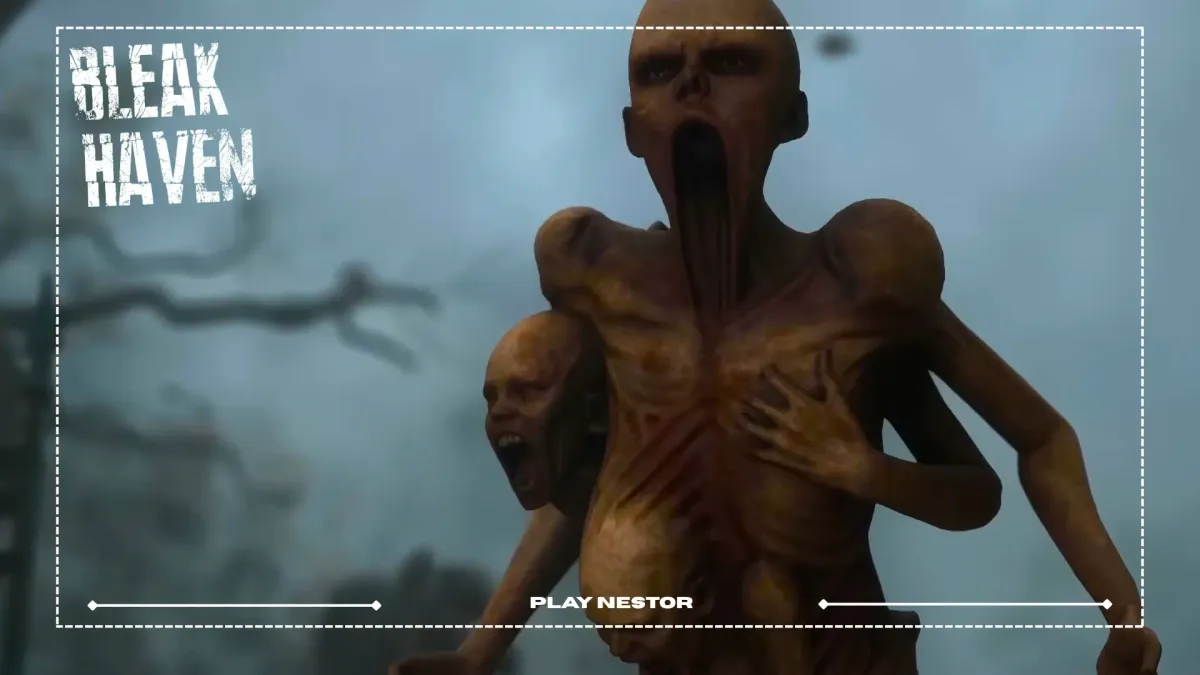
A Cinematic Horror with a Broken Core
Bleak Haven, the latest indie horror project from Hitori De Productions, aims to deliver a deeply atmospheric survival experience inspired by Silent Hill and Resident Evil. Released on October 24, 2025, it promises cinematic storytelling, brutal combat, and psychological depth.
But while the foggy island and eerie cult premise pull players in, the execution leaves much to be desired. With only 43% of reviews on Steam being positive, Bleak Haven walks a fine line between ambition and collapse — and unfortunately, it stumbles more often than it scares.
Also, checkout "The Outer Worlds 2 Early Access Impressions – Bigger, Bolder, and Closer to New Vegas Than Ever"
Checkout other similar Horror Games
1: Unmourned: A New Survival Horror Experience Launches November 17 — Demo Available Now
2: Silent Hill F Preview – A Bold New Chapter with Terrifying Monsters and a Japanese Twist
Bleak Haven (Credit: Hitori De Productions)
A Story of Faith, Fear, and Forgotten Places
The story begins when Tyler receives a mysterious location ping from his missing brother’s phone, leading him to a remote island shrouded in fog and silence. What starts as a rescue mission quickly turns into a descent into madness — a confrontation with faith, ritual, and something divine that should never be seen.
Players explore abandoned villages, crypts, ruins, and underground chambers, each layered with environmental storytelling. The setup is cinematic and the direction strong, powered by Unreal Engine 5’s performance capture and lighting. However, many players report that cutscenes load late or end abruptly, leaving emotional beats unfinished and narrative tension wasted.
“Cutscenes load in late and end abruptly, so you never get the full context of what’s going on,” one player writes. “Enemies are sponges, and inventory disappears after every level.”
Atmosphere Over Execution
If there’s one thing players agree on, it’s that Bleak Haven nails its mood. The island’s foggy woods, candle-lit crypts, and decaying cathedrals give off a tangible unease. Early moments — like the silent boat ride through mist — evoke the unsettling calm of Silent Hill 2.
“The atmosphere, visuals, and sound effects are all very well done,” another reviewer notes. “It’s a solid indie horror game drawing inspiration from Silent Hill and Resident Evil.”
Unfortunately, that atmosphere quickly gives way to repetition and instability. The further players go, the more cracks appear: enemy AI fails, collisions break, and cutscenes desynchronize. For many, the game’s haunting tone simply can’t survive the barrage of bugs and crashes that follow.
Bleak Haven (Credit: Hitori De Productions)
Raw, Violent Combat That Doesn’t Feel Right
Combat is meant to be brutal and grounded — using blunt melee weapons and scarce ammo to survive grotesque, humanoid enemies. Finishers allow for stylish executions when enemies are staggered.
But the balance feels off. Players describe combat as “spongy,” “unresponsive,” and “poorly designed.” Enemies hit too hard, weapons lack impact, and technical issues break immersion.
“Monsters take tons of health with one hit to you,” writes a frustrated player. “The indicators for picking stuff up, inventory, and blocking are straight out of Resident Evil. The puzzles are non-intuitive and the game is just overall dark and not enjoyable at all.”
Even those who reached the endgame reported serious balance issues: no healing items, missing inventory between levels, and final bosses that feel impossible without exploiting mechanics. One review summed it up bluntly:
“How am I supposed to beat the last boss with no healing, a melee weapon, and no guns? Seriously, what was the developer thinking?”
Technical Issues That Break the Horror
Across dozens of reviews, one theme dominates: technical instability. From frame stutters to soft locks, nearly every player encountered performance issues.
Frequent complaints include:
- Cutscenes failing to trigger properly
- Save files and inventory resetting between chapters
- Stuttering and memory leaks (especially with DLSS)
- Enemies clipping through walls or spawning mid-animation
- Crashes during environmental transitions
“The bridge-building sequence at the start is a prime example of poor design,” says one player. “You’re forced to backtrack immediately just to pick up items on the beach. It feels lazy — like padding the game time.”
Even powerful PCs struggle to run the game consistently. One reviewer running an RTX 7800XT mentioned FPS drops to half during rain scenes and broken HDR support on OLED displays.
“During cutscenes the FPS drops hard. HDR doesn’t work at all. It feels unfinished,” they wrote.
Bleak Haven (Credit: Hitori De Productions)
Accusations of Asset Flipping
A number of reviews also raise concerns about the game’s development practices. Some players accuse Bleak Haven of being an “asset flip” — a game built largely from purchased Unreal Engine assets with little original modification.
“Random assets from the UE market put together without even editing them,” wrote one reviewer. “Everything feels disconnected from each other.”
While there’s no confirmed proof of intentional reuse, the criticism reflects how generic and inconsistent the environments feel. Transitions between areas often lack coherence, and certain animations appear mismatched or recycled from other projects.
This, combined with reports of reused UI elements resembling Resident Evil, has led to skepticism about the game’s authenticity.
System Requirements
Minimum:
- OS: Windows 10 (64-bit)
- CPU: Intel Core i5-4460 / AMD Ryzen 5 1400
- RAM: 16 GB
- GPU: GTX 1070 8GB / RX 5500XT
- Storage: 25 GB
- Performance: 1080p / 30FPS (low/medium with FSR on)
Recommended:
- OS: Windows 11 (64-bit)
- CPU: Intel Core i7-8700K / Ryzen 5 3600X
- GPU: RTX 3060 / RX 5700
- RAM: 16 GB
- Performance: 1080p / 60FPS (high with FSR on)
Bleak Haven (Credit: Hitori De Productions)
Mixed Community Response
Despite the heavy criticism, Bleak Haven has found a few defenders who appreciate its ambition.
“I don’t understand all the hate,” one player wrote. “It’s a one-man project, and for that, it’s pretty impressive. The atmosphere and enemy design make this a nice horror gore game.”
These players argue that for its €15 price tag and solo developer status, expectations should be measured. Some even praise its moody sound design and detailed visuals, admitting that while bugs are abundant, the underlying experience has potential.
“Yes, it has issues,” said another reviewer. “But for a solo developer, it’s decent. The lighting could be better, but the horror vibe works.”
Final Thoughts
Bleak Haven is a cautionary tale in indie horror development. Its art direction, premise, and atmosphere show genuine promise — a cinematic vision haunted by ambition. But that promise is buried beneath technical chaos, design oversights, and unpolished execution.
In another timeline, this could’ve been a breakout hit for single-developer storytelling. Instead, it stands as an example of how a strong idea without refinement becomes its own nightmare. For now, Bleak Haven might be worth watching — but only after several patches, if they ever come.
Verdict: Wait for updates. The horror is real, but not always in the way it was intended.
FAQ: Bleak Haven
Q: Who developed Bleak Haven?
A: The game was developed and published by Hitori De Productions, known for previous solo-developed horror titles.
Q: What platforms is it available on?
A: Currently, Bleak Haven is available only on PC via Steam.
Q: Is Bleak Haven worth buying right now?
A: Most players advise waiting. While the atmosphere and visuals are strong, technical problems and design flaws make the current version frustrating to play.
Q: Does the game have performance issues?
A: Yes — players report stuttering, crashes, memory leaks, and broken HDR. Even high-end hardware experiences frame drops.
Q: How long is the game?
A: Average playtime seems to be around 5–7 hours, depending on exploration and puzzle-solving pace.
Q: Are there plans for updates or patches?
A: As of now, there’s no official confirmation from the developer, though the community hopes for post-launch fixes.

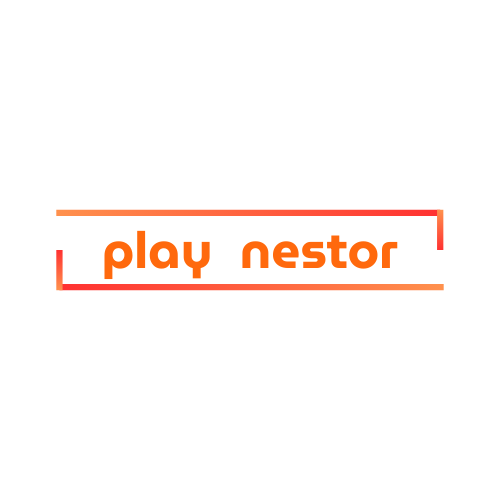
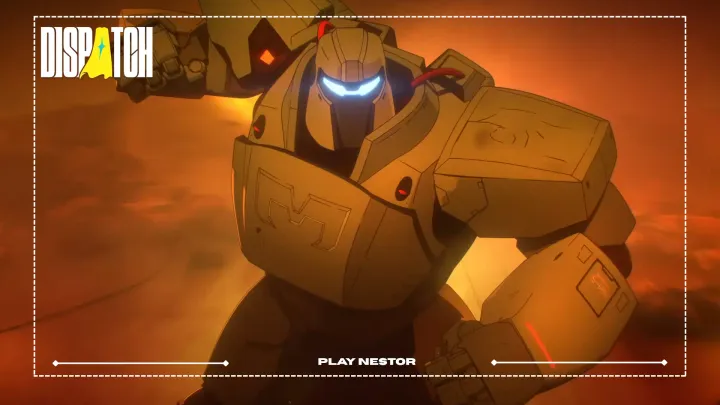
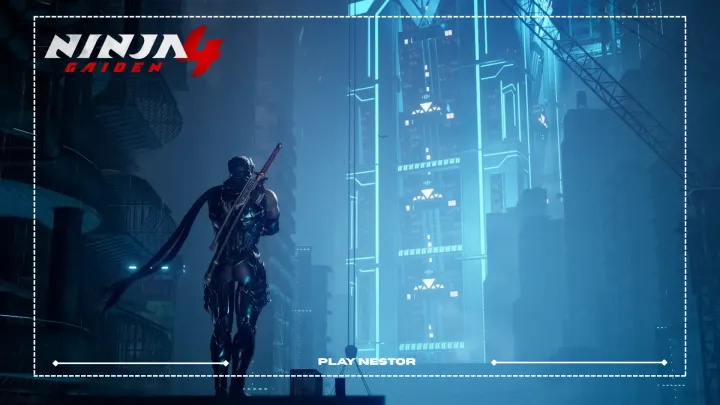
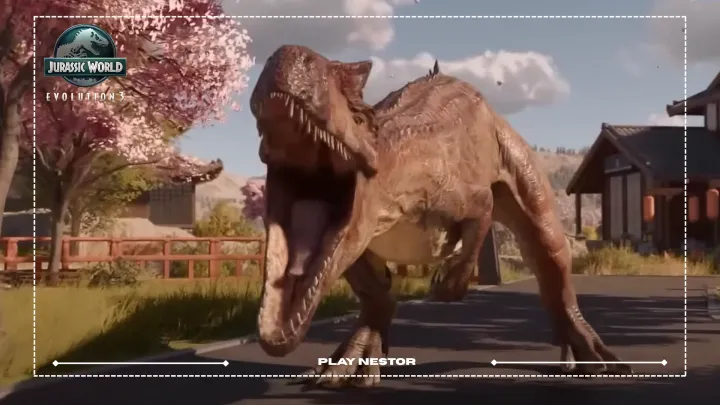
Comments ()